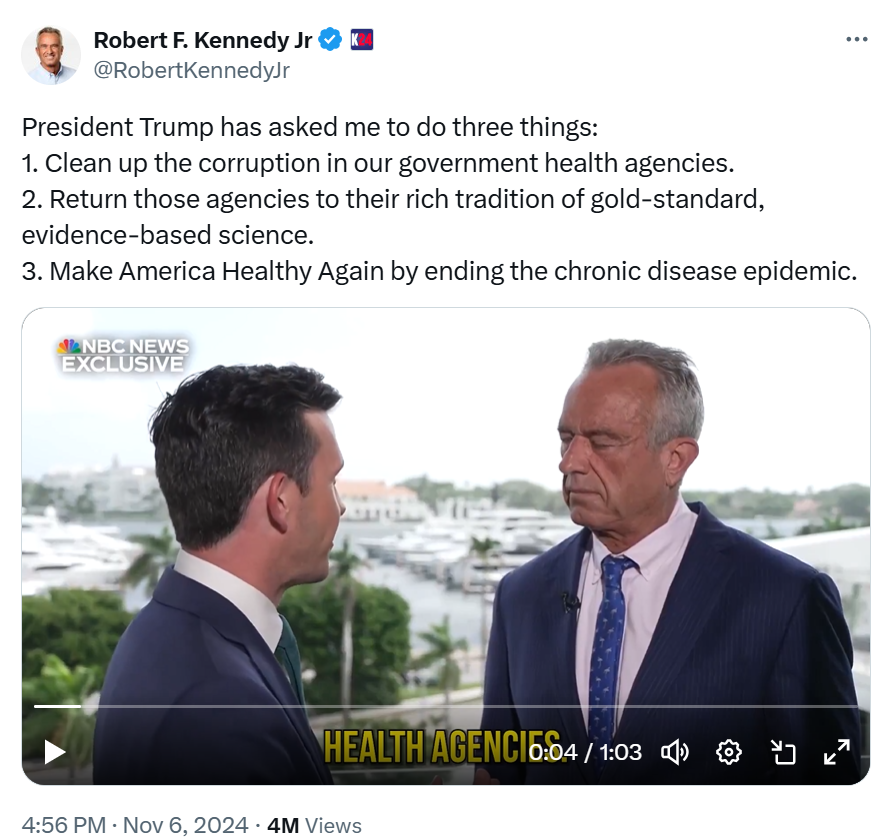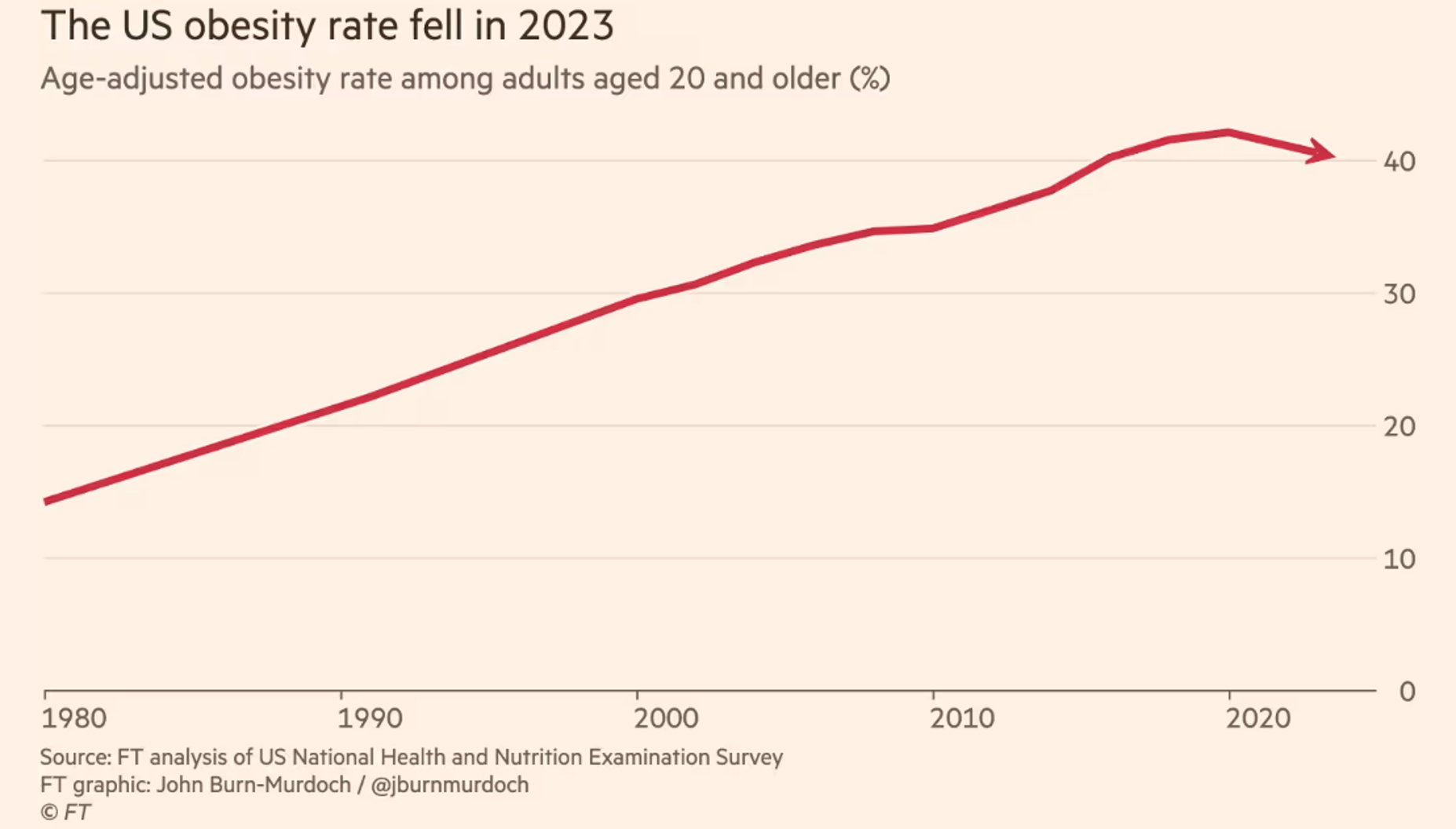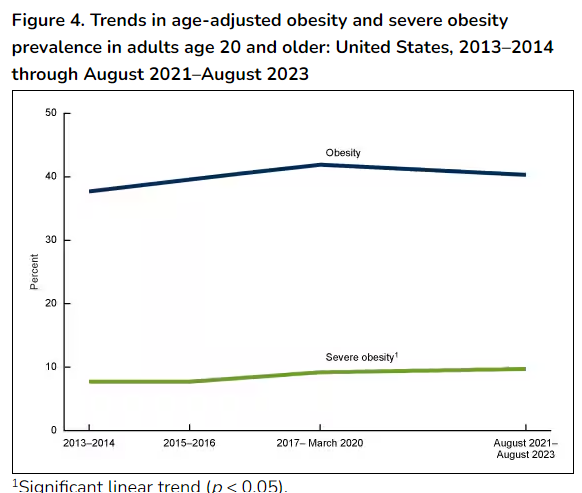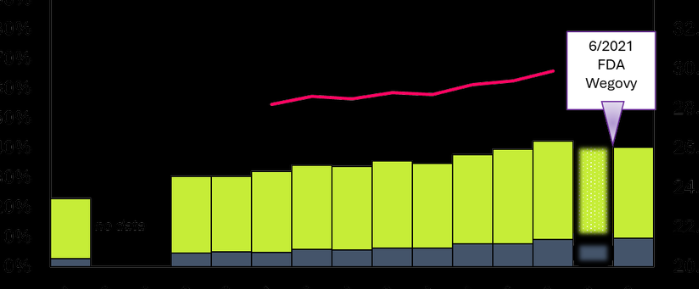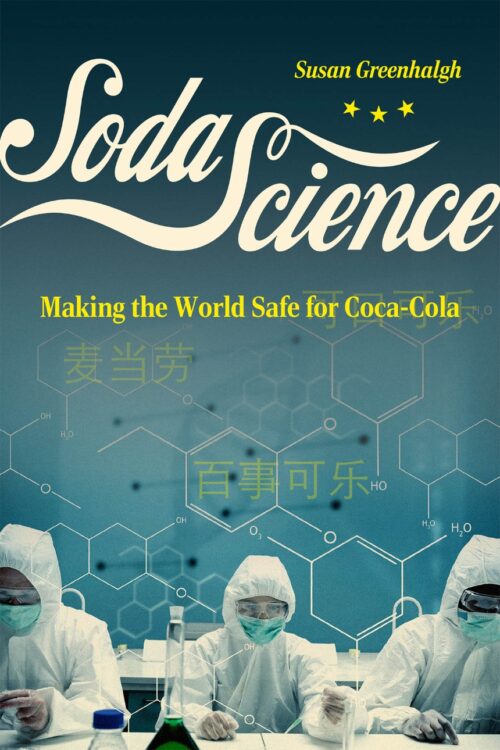Weekend reading: The effects of GLP-1 drugs on food industry
Never mind the effects of anti-obesity drugs on the health and well-being of people taking them. From the food industry’s standpoint, what counts is what they are doing to sales of food and drink. Ouch.
Here is my most recent collection of items from industry newsletters. These make it clear that GLP-1 drugs are a real threat to food industry profits.
- The snackdown: Are GLP-1s really killing snacks or is it just all hype? Weight-loss drugs are billed as a $150bn threat to bakery and snacks, but so far the impact looks more hype than reality…. Read more
- Food industry scrambles to respond to GLP-1 craze: The drugs have already been predicted to change the way we eat… Read more
- How food brands can stay ahead of GLP-1 craze: Don’t underestimate the GLP-1 trend. It’s going to hit, hard… Read more
- Sweet speculation: GLP-1s could already be nibbling at confectionery sales. As enthusiasm for the confectionary sector declines, could weight-loss drugs have a role to play?… Read more
- How is GLP-1 changing eating habits in Europe? As GLP-1s begin to make themselves known on the continent, consumers’ habits are starting to change… Read more
As to what food companies are trying to do to respond:
- GLP-1 is changing taste: How can food makers reignite flavour? When GLP-1 drugs make food taste dull, exciting taste buds will be the aim of the game… Read more
- What makes a GLP-1-friendly yogurt drink? Danone tells all: By formulating a dairy drink that specifically caters for weight loss medication users, Danone has set a new standard with Oikos Fusion… Read more
- 4 natural food ingredients that boost GLP-1: It’s not only drugs that induce the satiety-causing hormone… Read more
- Food’s answer to Ozempic? New ingredients mimic GLP-1 without the pharma price tag. Once everyone’s had enough of injections, side effects, and the vast expense of GLP-1 drugs, it could be natural alternatives’ time to shine… Read more
- GLP-1 users are undernourished: why F&B needs to fill the gapNutrient gaps in GLP-1 diets present a challenge and an opportunity for the food industry… Read more
Fascinating, no? I’m paying close attention to all this.


